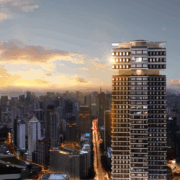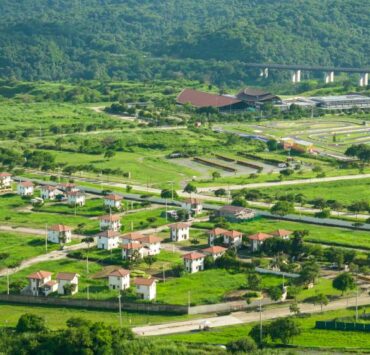The appeal and benefits of choosing suburban life

The appeal of suburban life has grown as people seek homes that reflect both comfort and clarity of purpose.
Beyond the busy city centers, communities in Cavite, Laguna, Batangas, and Pampanga are attracting professionals, retirees, and young families who prefer space and serenity within reach of urban conveniences.
Each home and street reflects a slower, more thoughtful rhythm that blends personal well-being with practical design, marking a quiet evolution in how people define success and contentment.
Some buyers see it as an investment in peace of mind, wherein proximity to work meets the pleasure of coming home to open skies and calm surroundings.
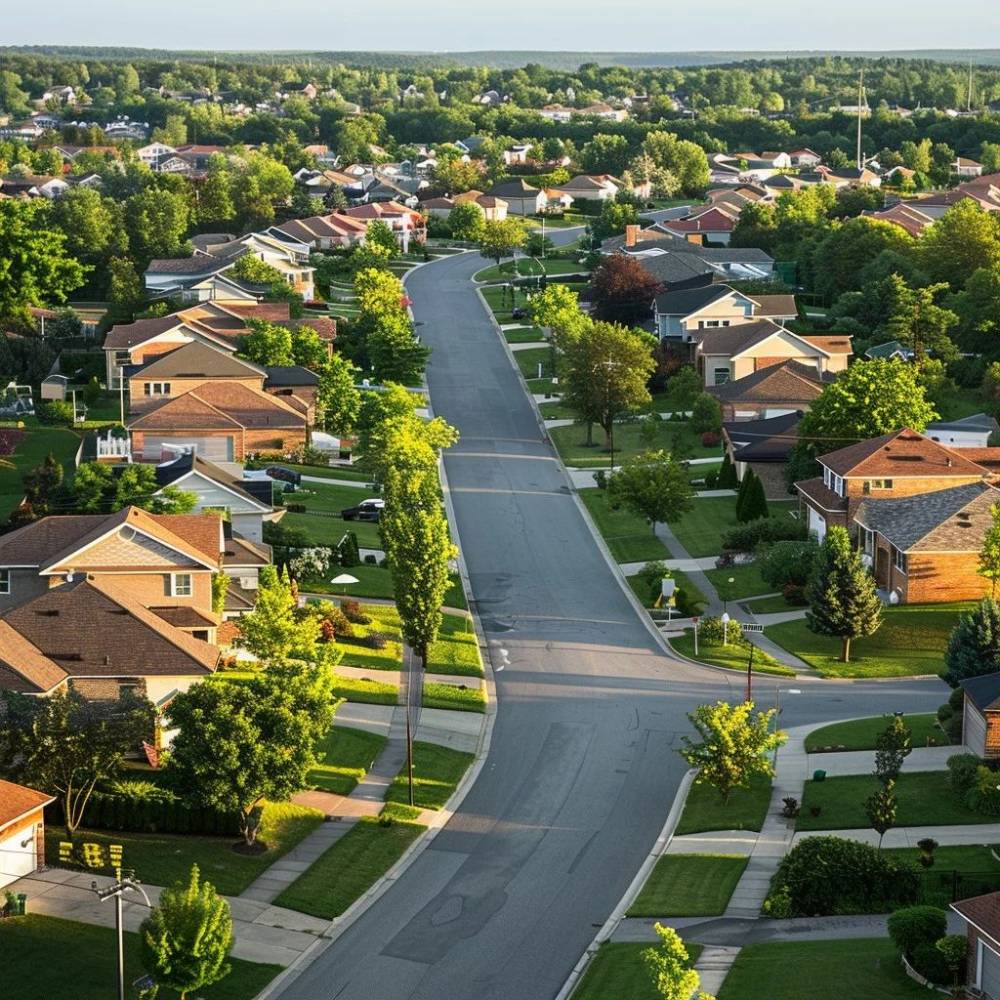
Space for living and breathing
The suburban setting provides a generosity of space that city living rarely affords. Larger lots, open gardens, and flexible home layouts offer residents the freedom to shape their environments as their lifestyles change.
A family can create a study, an artist may set up a studio, or a couple might design a quiet reading nook overlooking a landscaped yard. Architecture in the suburbs supports these possibilities, allowing homes to evolve organically with the needs of their inhabitants.
Outdoor spaces bring daylight, fresh air, and a sense of openness that complements the Filipino desire for both connection and privacy.
These settings also invite creative design approaches: verandas that double as dining areas, gardens turned into pocket farms, and living rooms that flow seamlessly into the outdoors. Every square meter can be reimagined for leisure, function, and comfort.
Community as a way of life
Suburban neighborhoods nurture a social rhythm that feels personal and grounded. The scale of these communities encourages friendly interactions, where neighbors share stories, lend a hand, or organize small events that foster unity.
Local associations often hold activities that strengthen collective ties, from weekend markets to community clean-ups. This active participation builds trust and familiarity, creating a sense of home that extends beyond individual property lines.
In many ways, suburban life revives the tradition of bayanihan, the shared spirit of cooperation that thrives in close-knit communities. Such ties become the invisible blanket of the neighborhood, giving the area its character and warmth.
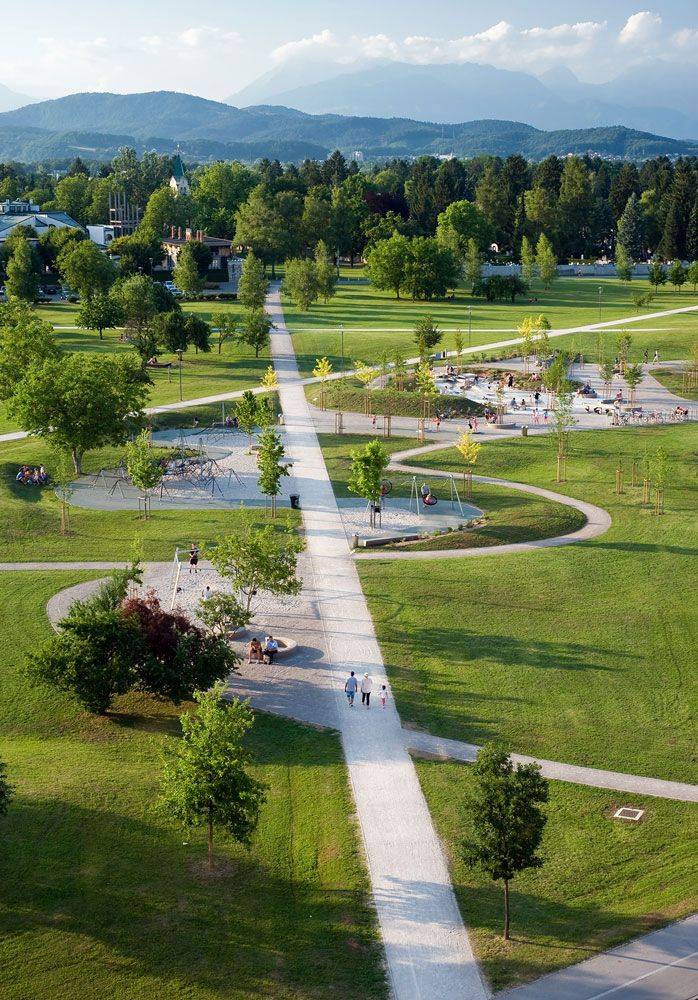
Nature and well-being
Green spaces shape the appeal of suburban living.
Parks, tree-lined roads, and nearby natural reserves contribute to a healthier lifestyle. Access to greenery supports both physical fitness and mental clarity.

Studies from health and urban planning experts have linked regular exposure to natural environments with lower stress levels and higher life satisfaction. Many developers now plan their townships with this in mind, integrating walking trails, bike paths, and open landscapes that connect residents with nature.
This harmony between human habitation and the environment defines the new suburban ideal. The experience of waking up to sunlight filtering through the trees or hearing cicadas at dusk brings back an elemental comfort that is easily lost in denser cityscapes.
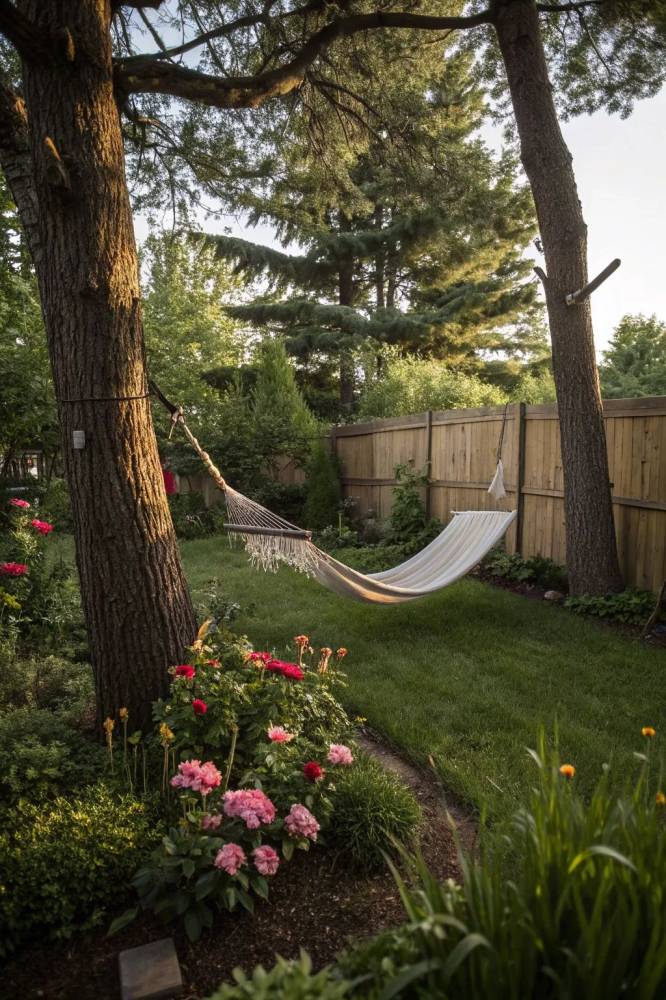
Everyday ease
Suburban living also appeals to those who weigh comfort against cost. Properties in emerging suburbs often offer larger spaces at more affordable prices than in metropolitan areas. This makes homeownership attainable for many Filipinos who wish to invest in long-term stability.
The daily routine becomes smoother with less congestion, cleaner surroundings, and the simple pleasure of hearing birds instead of traffic.
Infrastructure projects such as the Cavite-Laguna Expressway, North Luzon Expressway Connector, and upcoming railway systems are improving mobility and access to central business districts. With these transport upgrades, suburban life combines calm living with modern connectivity, creating a lifestyle that values both serenity and practicality.
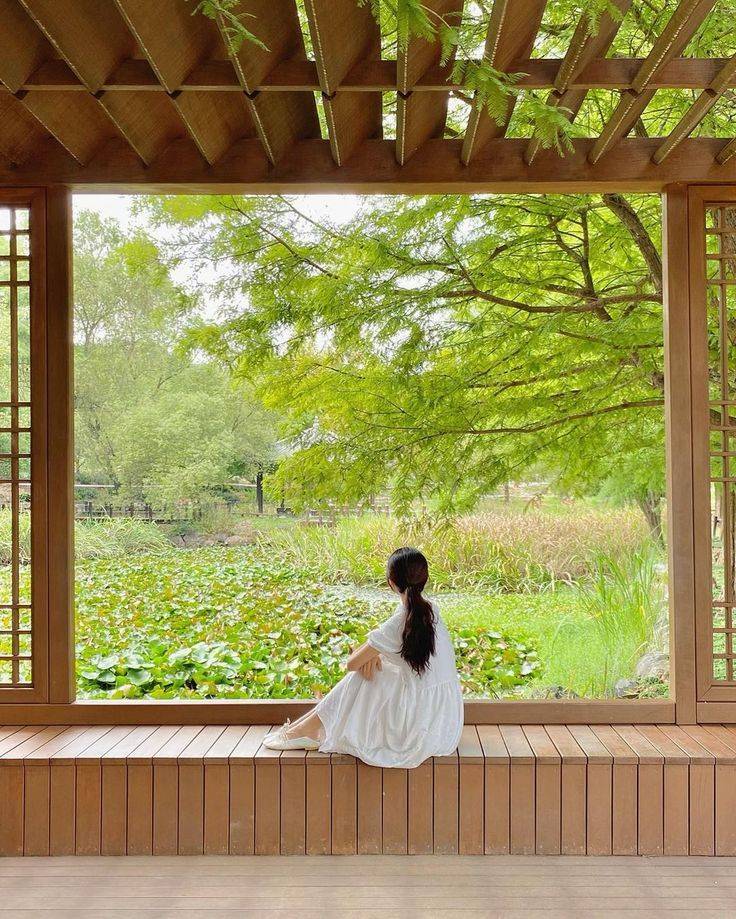
A balanced future
Choosing the suburbs reflects a shift toward spaces that accommodate family, work, and leisure without the pressure of urban density. Some view it as a return to measured living, in which time and attention can once again be shared among home, nature, and community.
The author (www.ianfulgar.com), is a leading architect with an impressive portfolio of local and international clients. His team elevates hotels and resorts, condominiums, residences, and commercial and mixed-use township development projects. His innovative, cutting-edge design and business solutions have garnered industry recognition, making him the go-to expert for clients seeking to transform their real estate ventures













